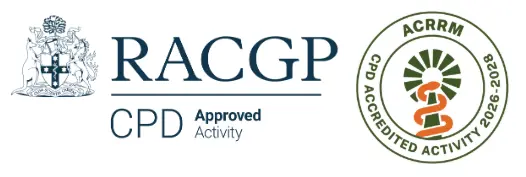
Gout management: mini audit
Gout is a chronic condition characterised by sudden, severe pain, swelling, redness and tenderness in one or more joints, most commonly the first metatarsophalangeal joint.
It is one of the most common inflammatory joint diseases globally and locally, and presents a significant burden for many people in Australia. Self-reported prevalence rates are between 4.5% and 6.8% and it is more common among males and certain ethnic groups.
Despite its high prevalence, gout remains significantly undertreated, leading to unnecessary pain, disability and impaired quality of life. Fewer than 60% of patients are prescribed urate-lowering therapy (ULT), and of those that are, less than 1 in 10 are co-prescribed flare prophylaxis at time of initiation. Among those on therapy, less than 50% reach target serum uric acid levels. Furthermore, stigma around gout discourages many from seeking treatment or persevering with treatment when prescribed.
This mini-audit activity provides you with the tools to conduct a review of your adult patients who have been diagnosed with gout. During the audit, you will be able to review your current management practices against best practice recommendations and reflect on what practice changes you can make, and how you will go about this.
This mini audit reflective activity comprises four core components and one optional component:
-
Select patient encounter
-
Review best practice guidance
-
Reflect on practice
-
Upload your reflections
-
Discuss your reflections with peers (optional)
Funded by the Australian Government through the Quality Use of Diagnostics, Therapeutics and Pathology Program.

For more free Quality Use of Medicines education, check out QHUB on Medcast
This course is formally accredited with the RACGP and ACRRM.
RACGP Activity ID: 941798
ACRRM Activity ID: 34179

Mini-audit
Duration: 3 hours
Educational Activities: 0.5 hours
Measuring Outcomes: 2.5 hours
Areas Of Interest: General Practice, Pain management, Prescribing, Quality Use of Medicines
Aboriginal and Torres Strait Islander Health Practitioners, Aboriginal Health Workers, Medical Practitioners, Nurse Practitioners, Pharmacists
Or follow us on social media
